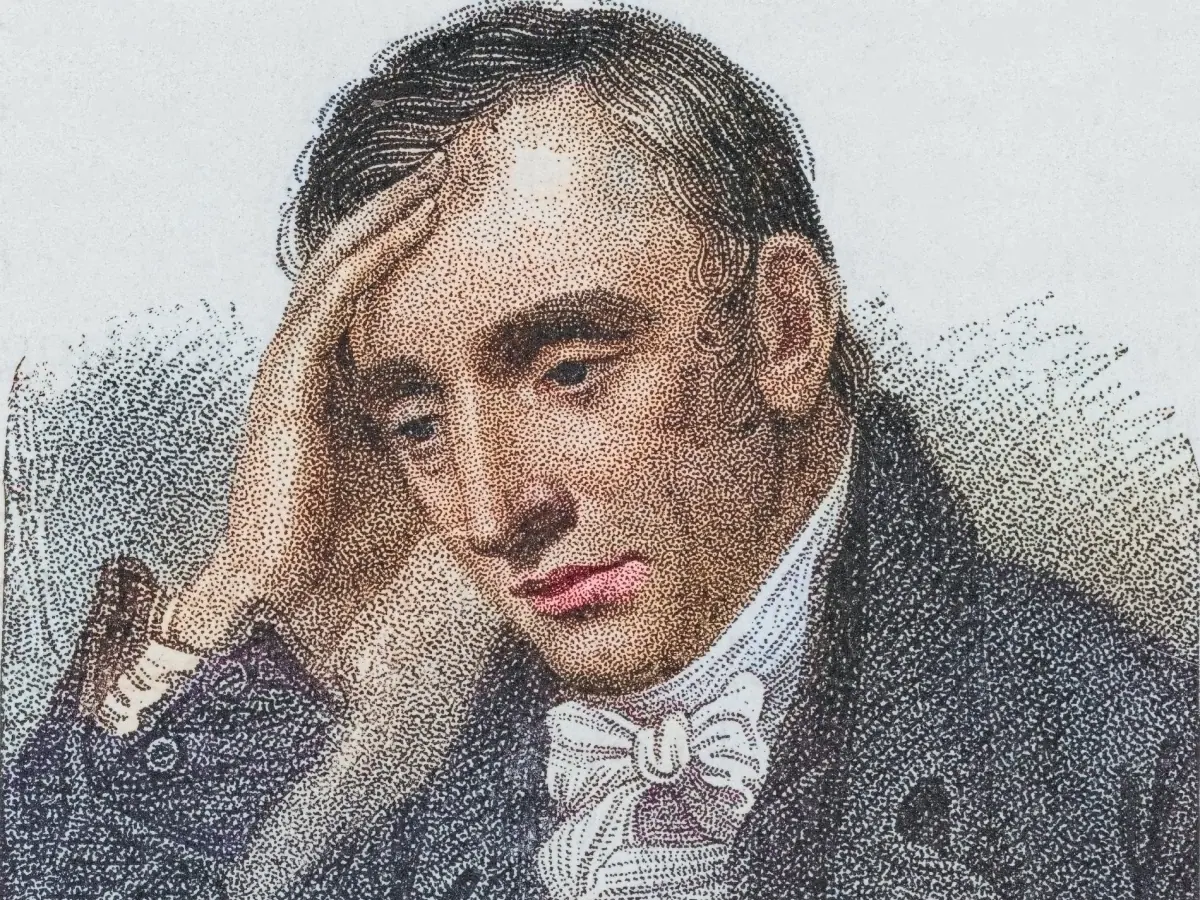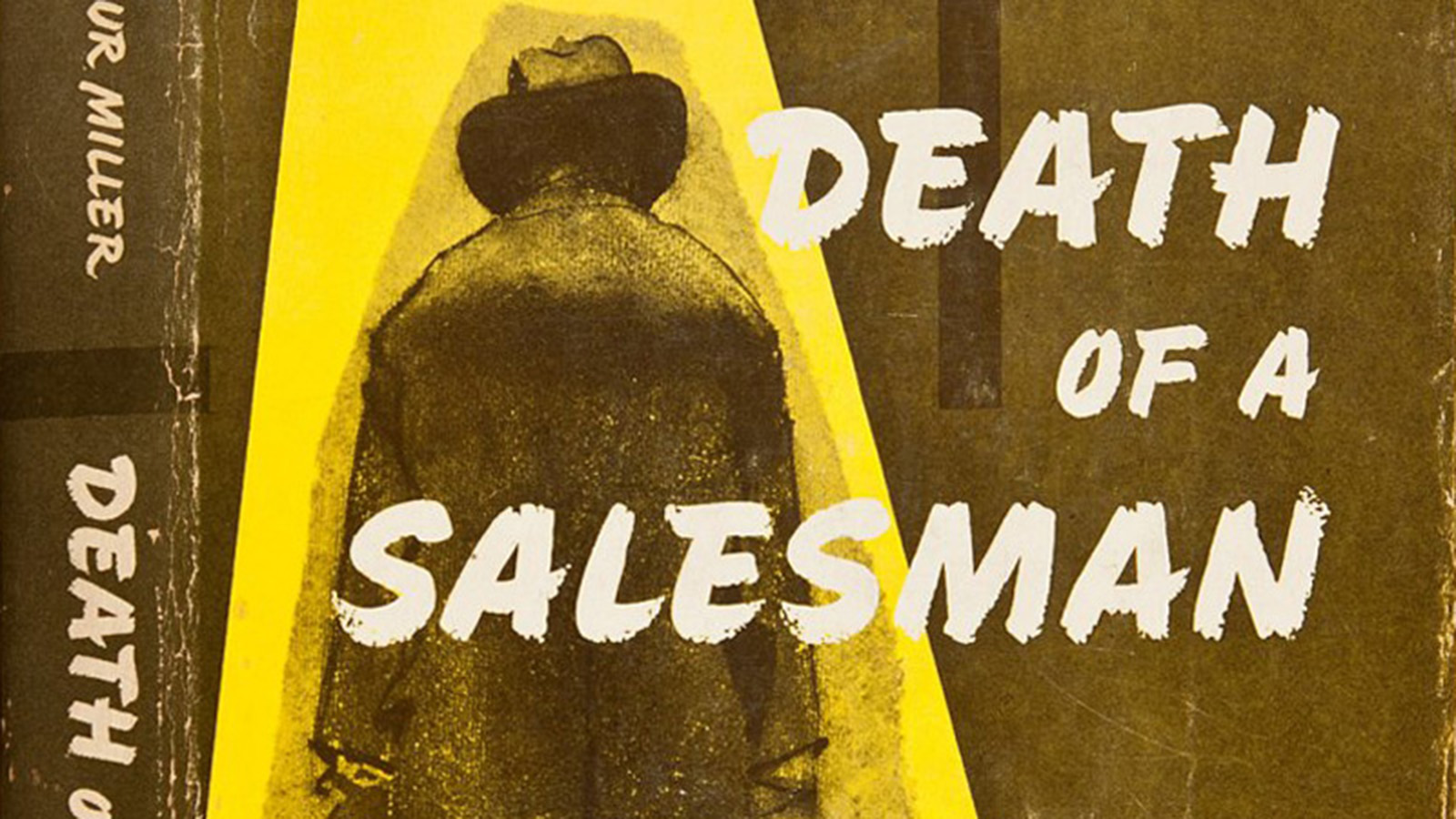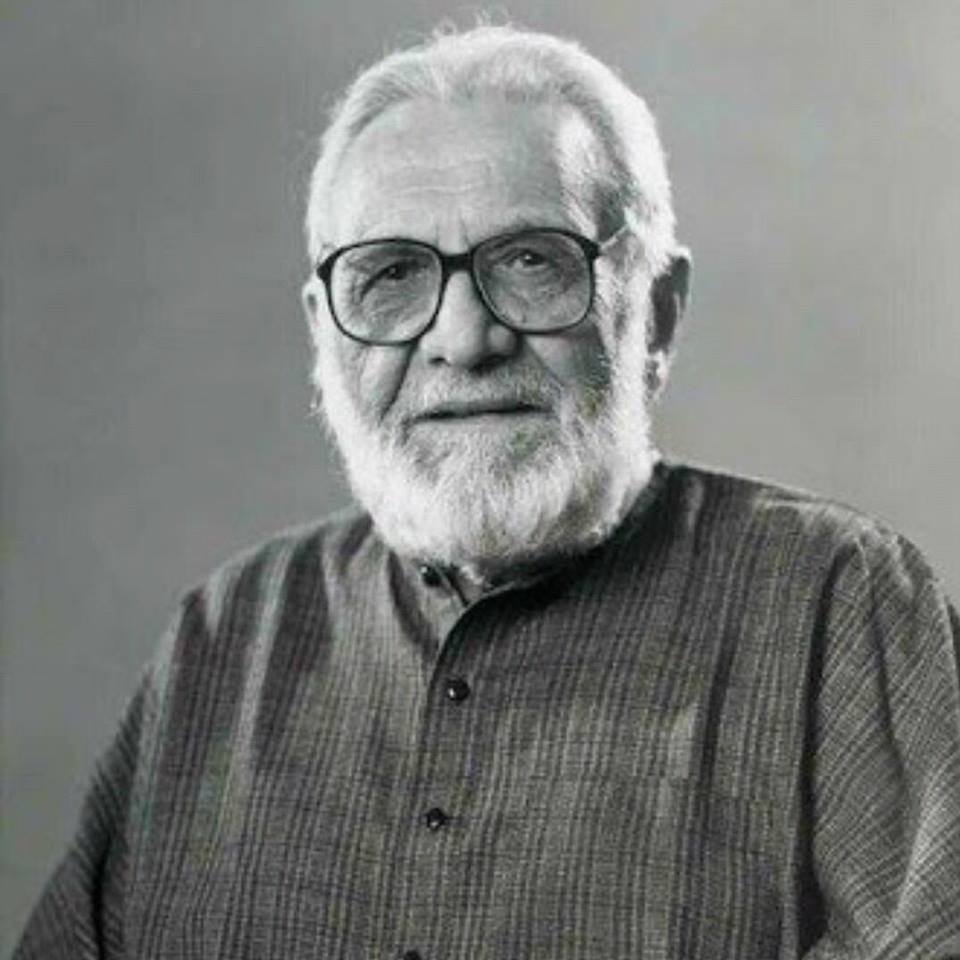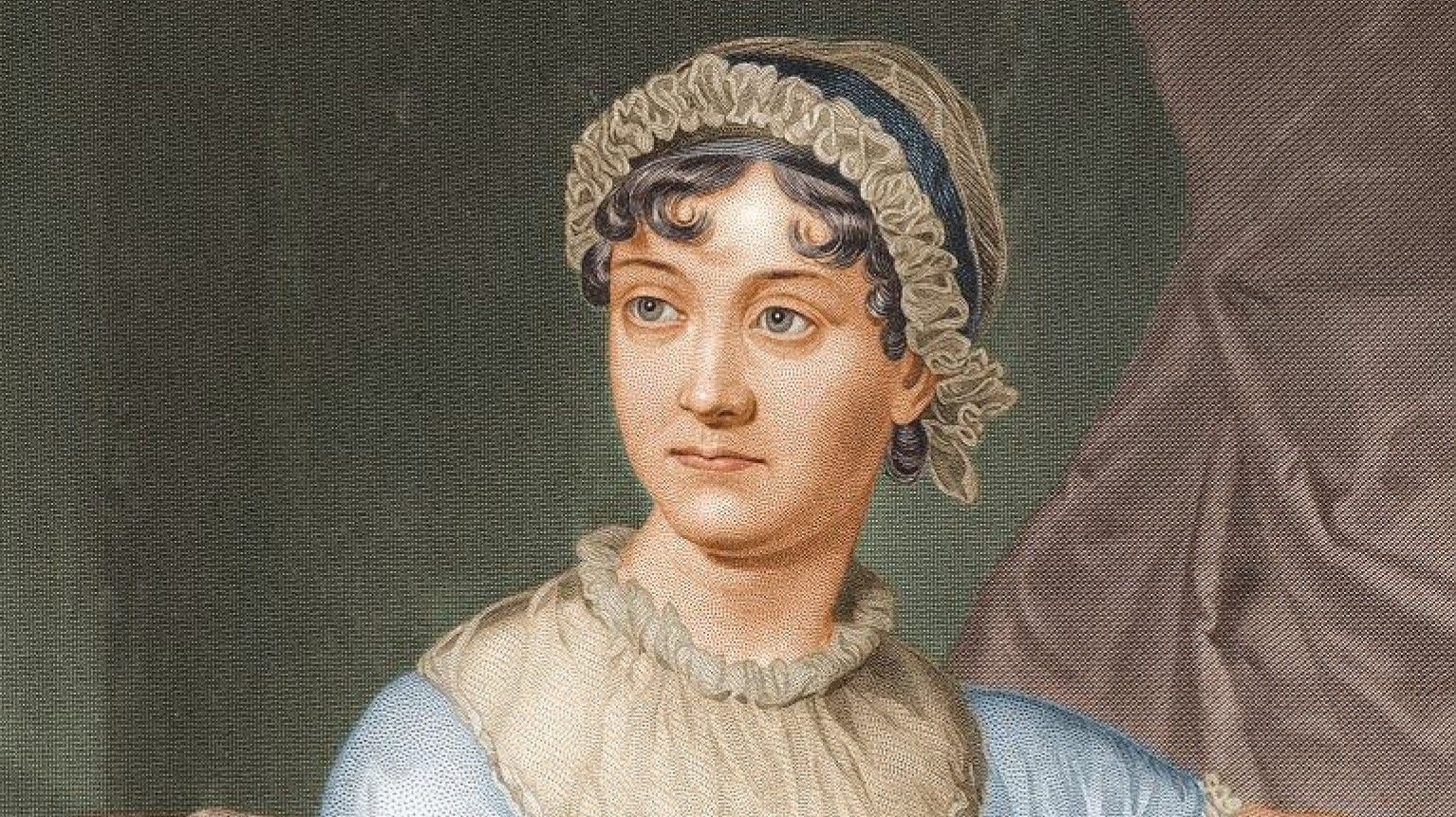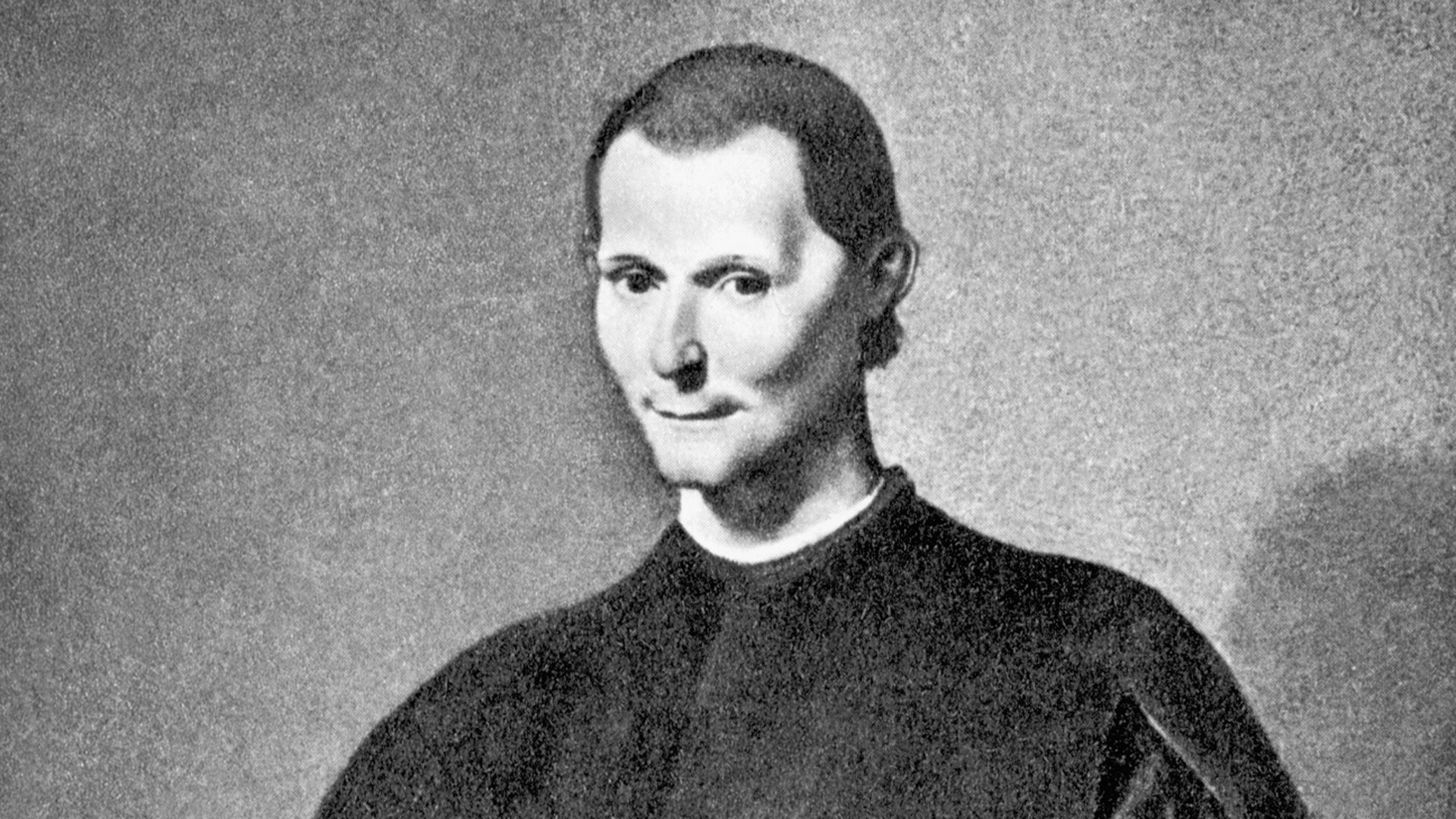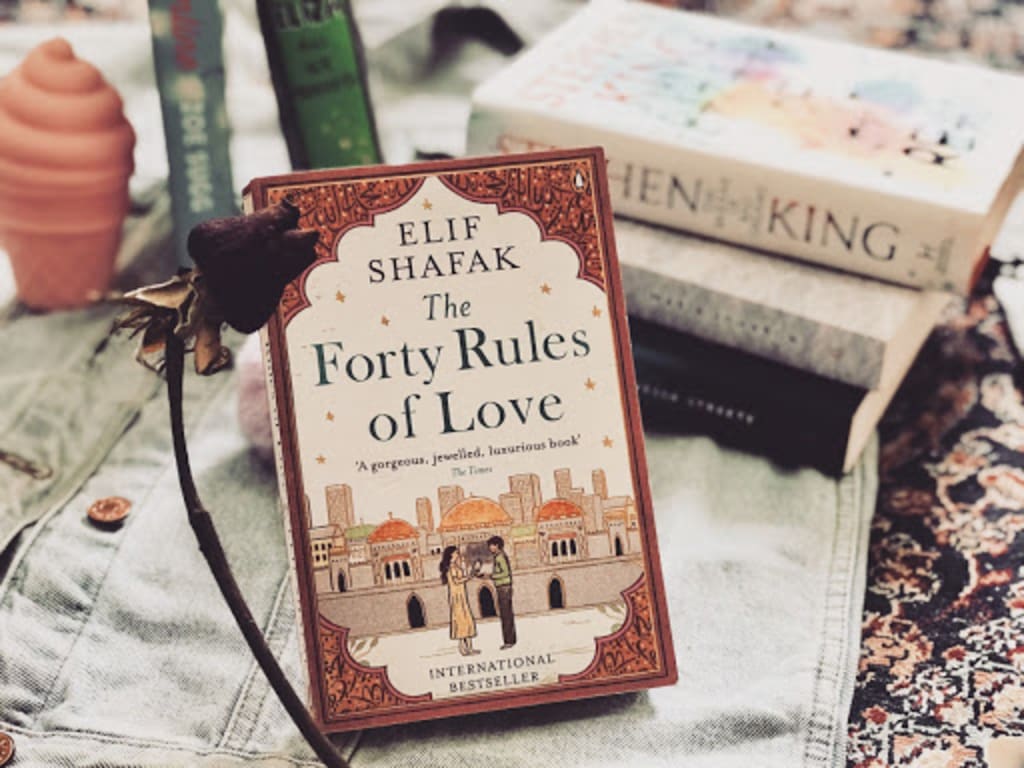John Donne’s “Death Be Not Proud,” also known as “Holy Sonnet X,” is a powerful poem that presents an argument against the power of death. In fourteen lines, the poet challenges Death’s authority and warns against its pride in its power. Written between February and August 1609, the poem was first published posthumously in 1633, and it is included as one of the nineteen sonnets that comprise Donne’s Holy Sonnets or Divine Meditations. It is important to note that Donne, a prominent figure of the metaphysical poets, was deeply influenced by his religious beliefs, particularly his Christian faith, which often informed his poetic themes and perspectives.
The poem presents Death as a person and criticizes it as a slave to other forces such as fate, chance, kings, and desperate men. Donne’s use of vivid language and striking imagery, such as the comparison of Death to a slave, a drug, and a sleeping potion, serves to underscore the poet’s argument that Death is not in control, for various other powers exercise their volition in taking lives. The poet also suggests that even in the rest it brings, Death is inferior to drugs. Finally, he predicts the end of Death itself, stating “Death, thou shalt die.” This powerful language and imagery contribute to the poem’s impact and its enduring relevance.
The poem’s opening line, “Death be not proud,” is not just a powerful declaration, but a defiant one that sets the tone for the rest of the poem. The speaker, with unwavering courage, warns Death that it is not as mighty and dreadful as some might think. Death is not the end that it appears to be, but merely a rest from world-weariness for its alleged “victims.” The poet argues that from rest and sleep, much pleasure flows, and soonest our best men with Death go, giving rest to their bones and delivering their souls. Therefore, Death should not be proud of its alleged power.
Donne’s argument against the power of Death is supported by his use of metaphors and allusions. He compares Death to a slave, a drug, and a sleeping potion. These metaphors, while seemingly disparate, all serve to underscore the poet’s central argument that Death is not as powerful as it appears to be. The allusion to 1 Corinthians 15:26, which states that “The last enemy that shall be destroyed is death,” Further strengthens this argument, suggesting that Death is merely a temporary state that will eventually be overcome.
The poem’s rhyme scheme, ABBA ABBA CDDC EE, is a Petrarchan sonnet form, a structure often used by Donne in his Holy Sonnets. This form, with its distinct octave and sestet, allows for a clear delineation of the poet’s argument and its development. The last line, which alludes to eternal life, where Death itself will die, is a powerful conclusion to the poem’s argument. The allusion to eternal life suggests that the speaker is not afraid of Death. Instead, he views Death as a necessary step towards the ultimate goal of eternal life, a theme that resonates throughout the poem.
In conclusion, “Death Be Not Proud” is a powerful poem that challenges Death’s authority and warns against its pride in its power. John Donne’s use of metaphors and allusions reinforces his argument that Death is not as powerful as it appears to be. The poem’s message is still relevant today, where people fear death and avoid discussing it. Donne’s poem reminds us that Death is not the end but a necessary step towards eternal life. Its enduring popularity and the diverse interpretations it has inspired over the centuries speak to its continued relevance and impact in the field of literature and beyond.








































